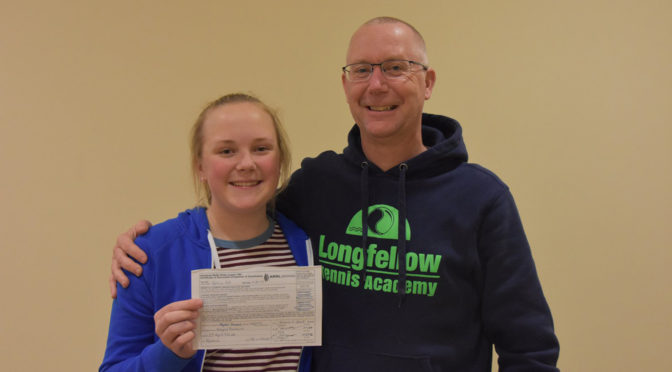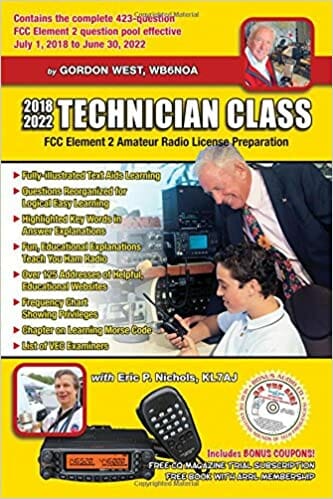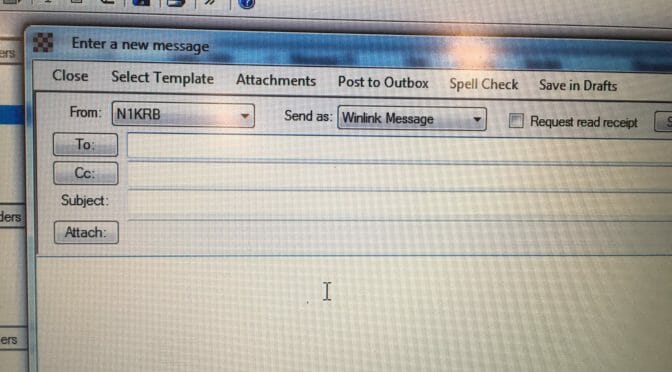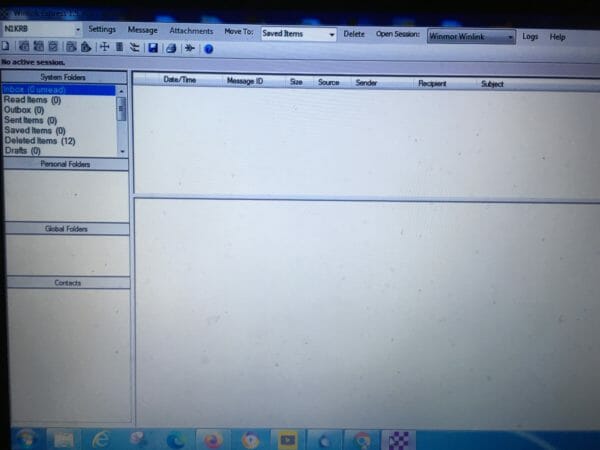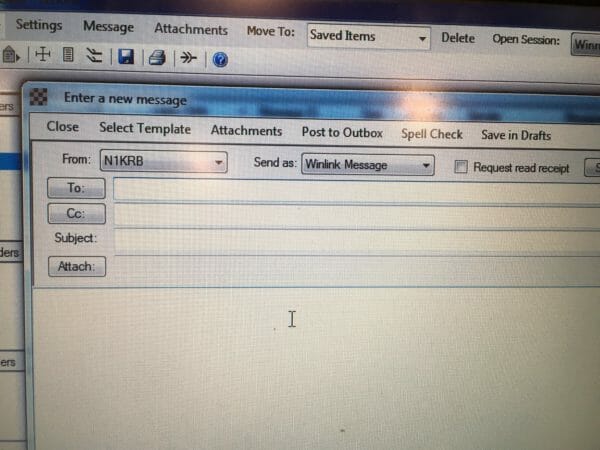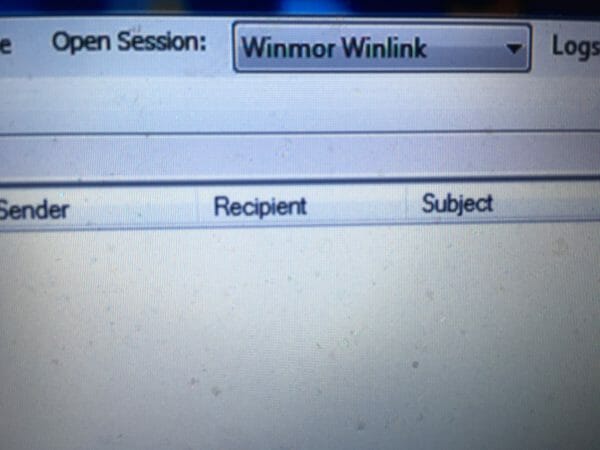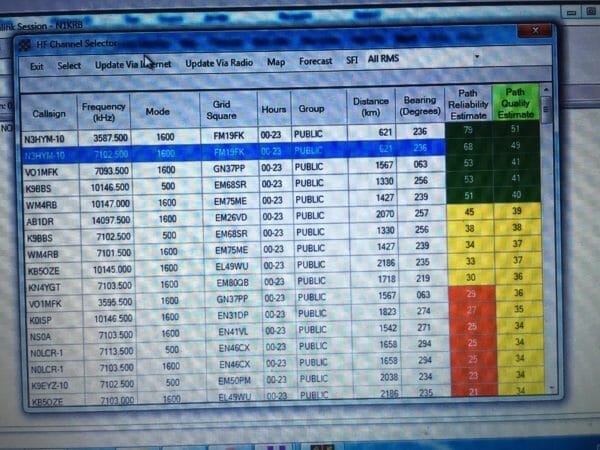September is the month when over 40% of our members are due for renewal. Thank you to all of the members who have renewed to date since my first call for September membership renewals.
The following members still need to renew before the end of September :
| Call Sign | Last Name | First Name | Member Class |
|---|---|---|---|
| NJ1H | Bordy | Bill | SENIOR |
| KC1EMJ | Brand | Ira | SENIOR |
| KC1HUJ | Callahan | Robert | FULL |
| KI1M | Cantara | Peter | FULL |
| KG1RY | Cutbill | R Gary | FULL |
| N1CMD | Dude | Curtis | FULL |
| KC1JEB | Eyceoz | Aya | STUDENT |
| KC1GQN | Hamilton | Charles | FULL |
| K1VLB | Hopkins | Mike | FULL |
| K4BR | Macdonald | John | SENIOR |
| KC1FOZ | Manchester | Alfred | FULL |
| AB1UY | Maxwell | Jim | FULL |
| W1BP | McCaffrey | Brian | FULL |
| N1RF | Michaels | David | FULL |
| AB1ZN | Pentedemos | Charles | SENIOR |
| KC1BNG | Perich | Lou | FULL |
| KC1HDJ | Schroth | Michael | SENIOR |
| K9AEN | Yurcak | John | SENIOR |
How to Renew Your Membership
To renew your membership, the first step is to log in to N1FD.org. Once you are logged in, you can fill out the membership renewal form on the following page: https://www.n1fd.org/renew-your-membership/. At the end of the form, you will be asked to pay your membership fee using PayPal.
We have multiple membership renewal options to choose from if you qualify, with the following yearly fees. Make sure you take advantage of a discounted rate if you qualify:
- Regular Membership: $31
- Senior Membership (Age 65 or over): $26
- Full-Time Student: $26
- Family Membership: $46

Membership Benefits
Your membership allows you to participate in all of our activities including:
- Field Day
- Online Membership Meetings with Internationally Known Speakers
- Online Tech Nights to support Social Distancing
- Programs at Membership Meetings
- Tech Nights
- Monthly Breakfasts
- Weekly Repeater and HF Nets
- SOTA/POTA/NPOTA Activations
- Fox Hunts
- NARS Sponsored Contests
- Our High-Altitude Balloon Projects
- License Classes and Ham Bootcamps for new Hams
- Reading and perhaps Creating Articles and Viewing Members-Only Pictures, Video, and Forum Posting on our website, https://www.n1fd.org…
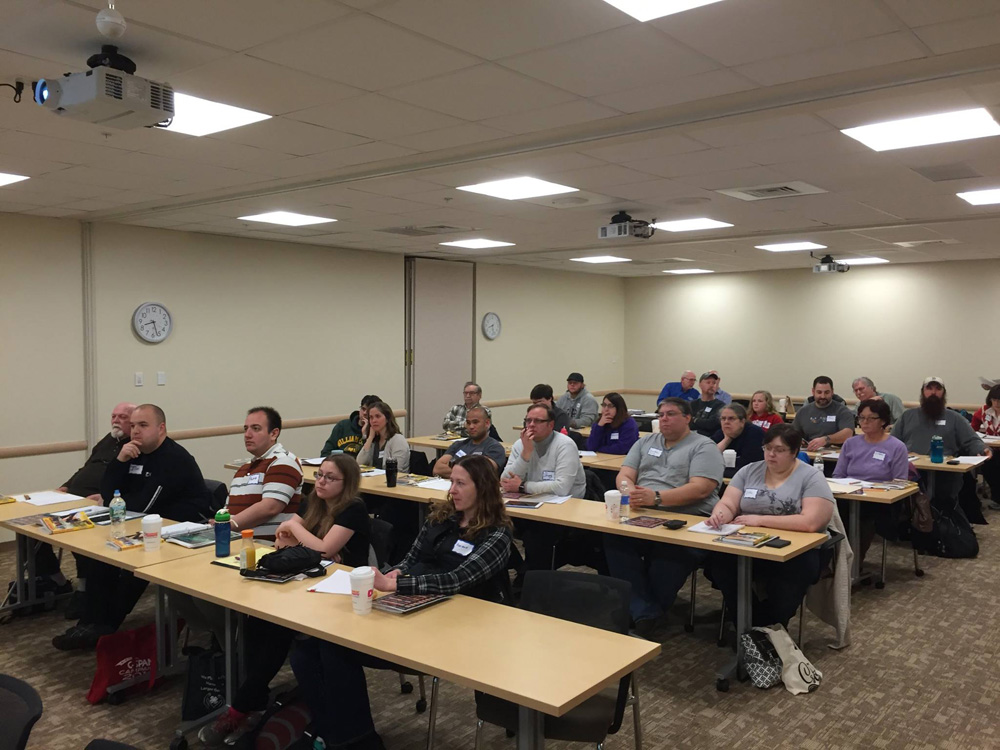
Your membership in the Nashua Area Radio Society also supports our education and youth outreach work including:
- Amateur Radio Licensing class delivery and scholarships for students, teachers, and young people
- STEM Education for school students through Amateur Radio (ex. our High-Altitude Balloon program)
- Activities to introduce young people and new Hams to Amateur Radio such as ARRL Kids Day, ARRL Rookie Roundup, and other youth outreach activities
If you are up for a September Membership Renewal, please go online to https://www.n1fd.org/renew-your-membership and renew your membership soon! If you have any questions, contact Anita, AB1QB, our membership chairperson at [email protected].

